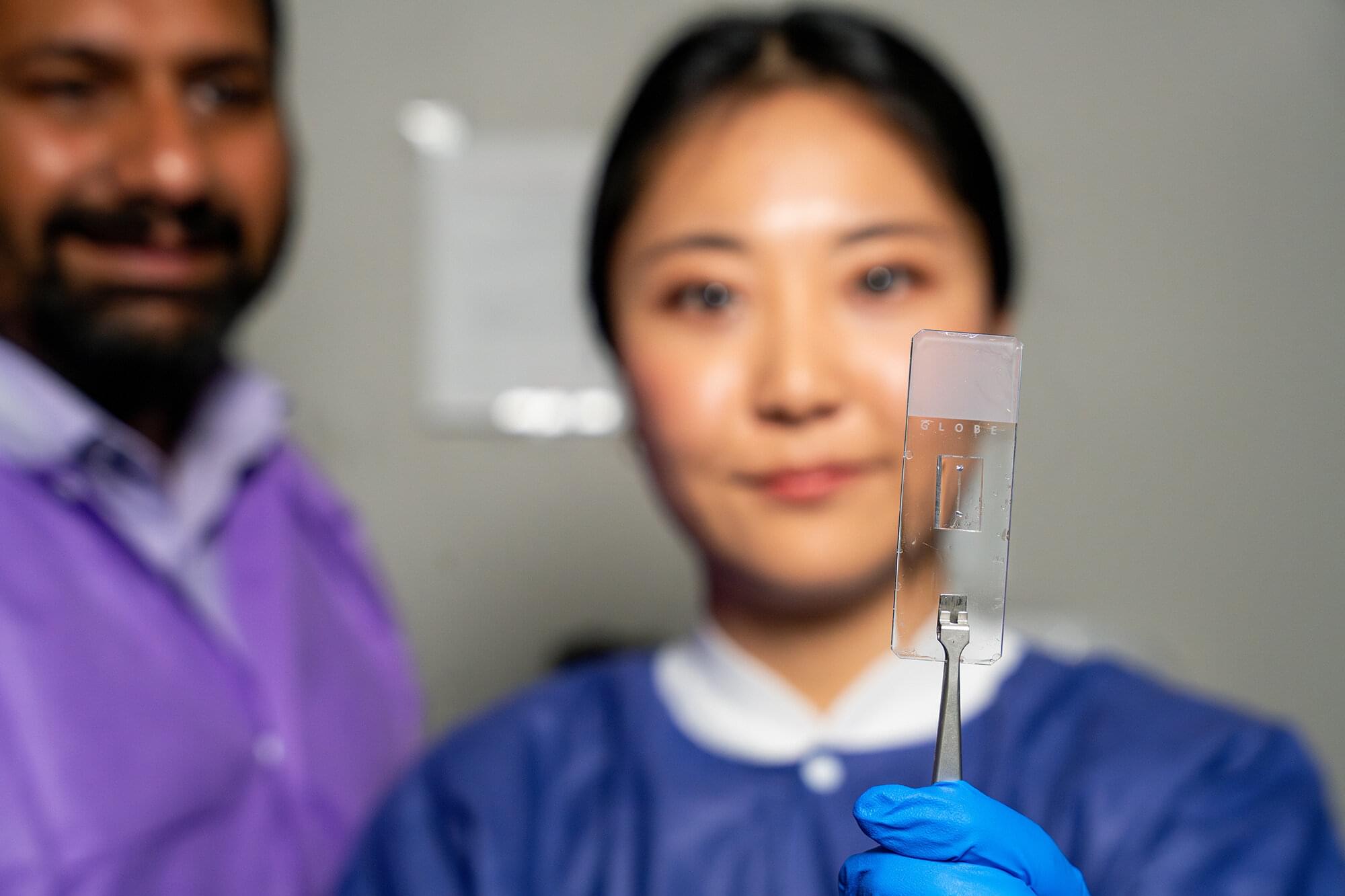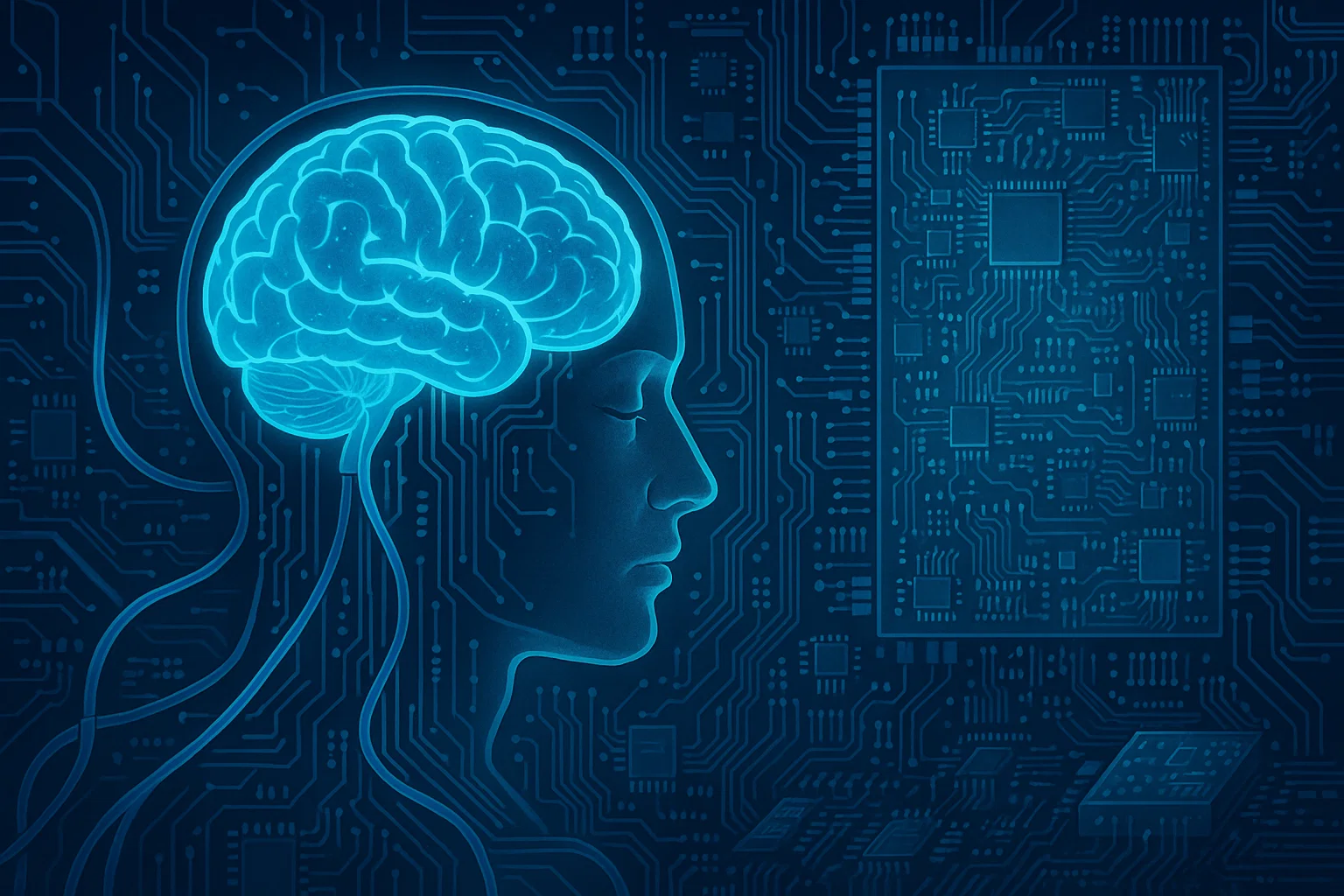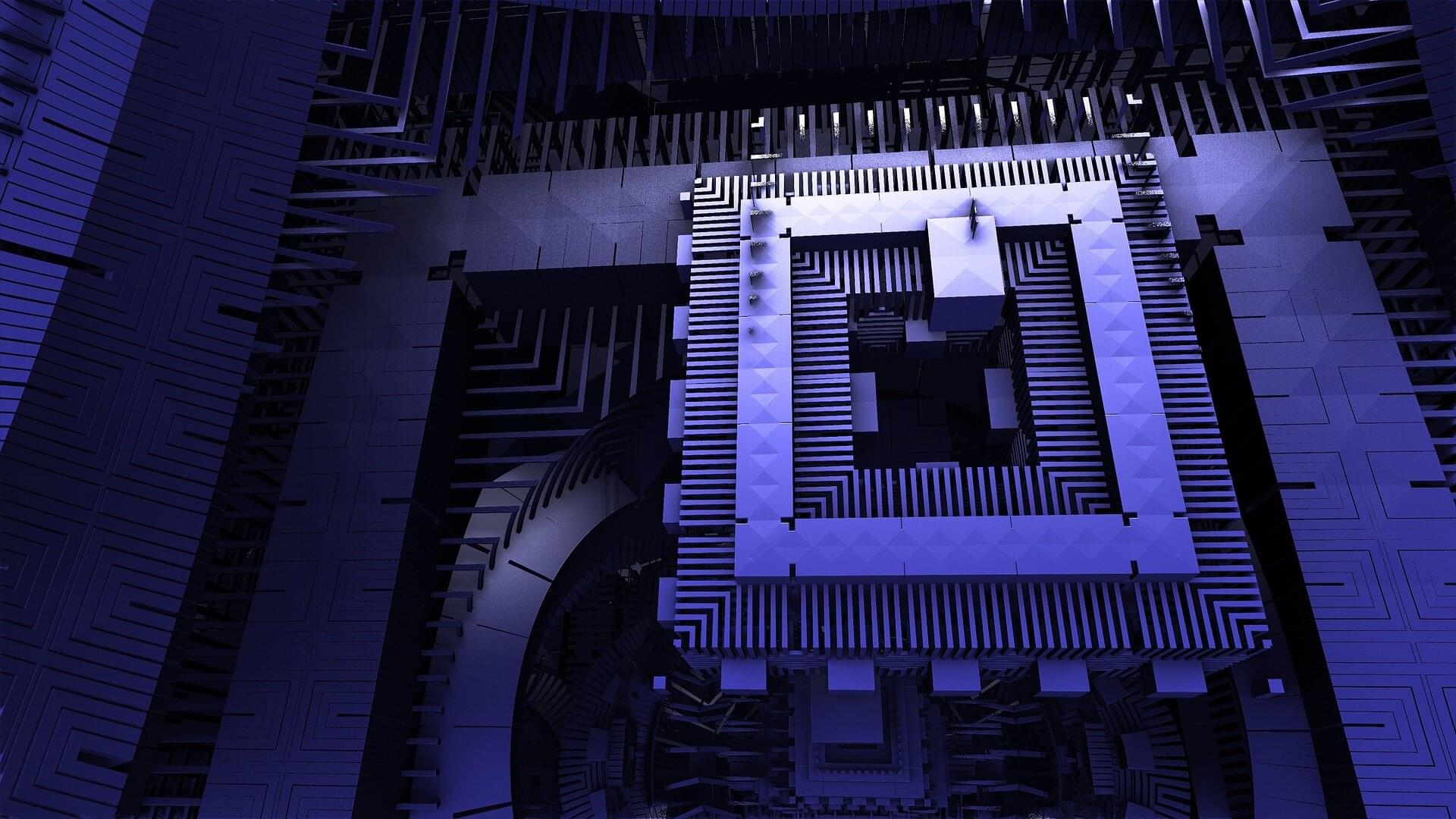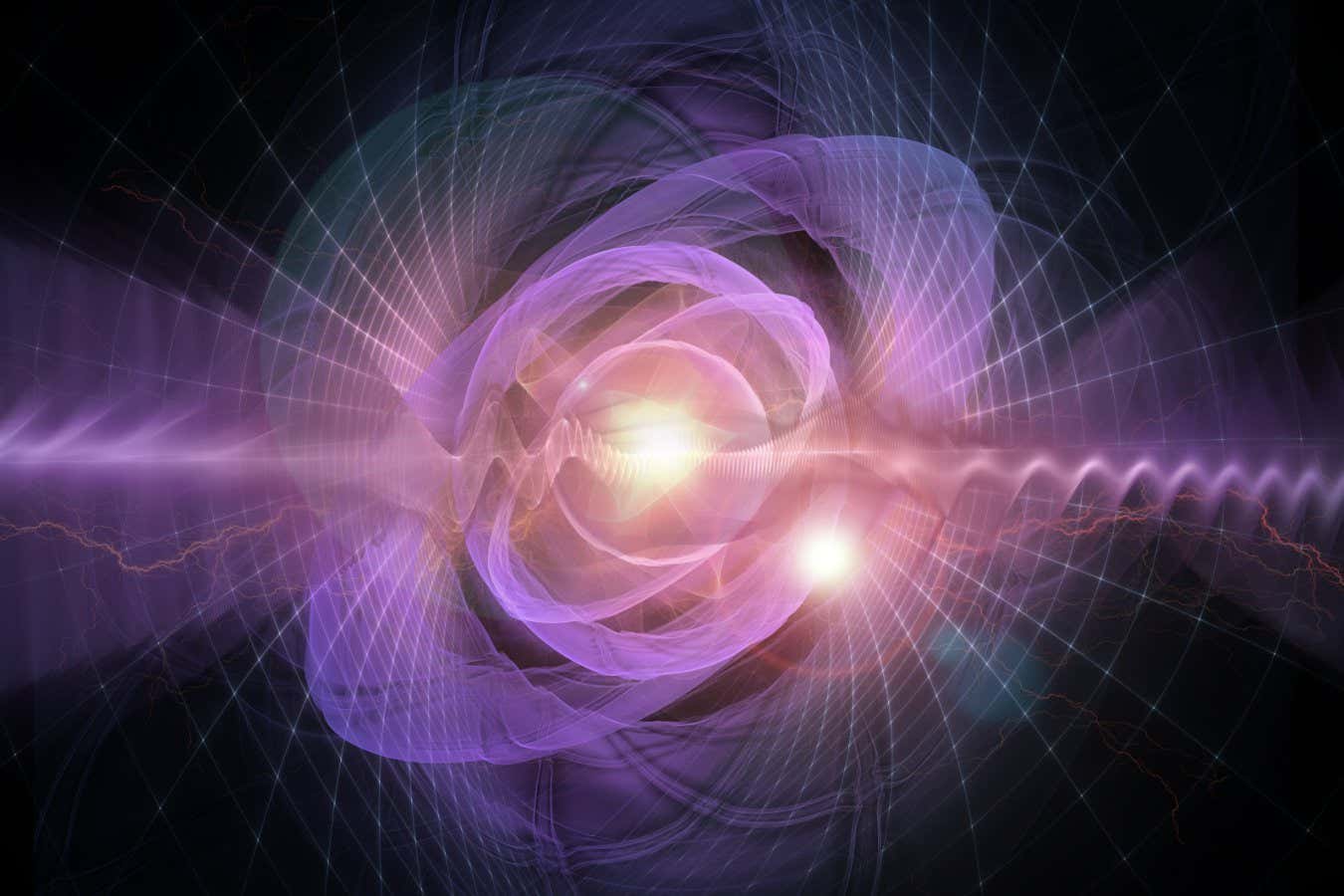Blood vessels are like big-city highways; full of curves, branches, merges, and congestion. Yet for years, lab models replicated vessels like straight, simple roads.
To better capture the complex architecture of real human blood vessels, researchers in the Department of Biomedical Engineering at Texas A&M University have developed a customizable vessel-chip method, enabling more accurate vascular disease research and a drug discovery platform.
Vessel-chips are engineered microfluidic devices that mimic human vasculature on a microscopic scale. These chips can be patient-specific and provide a non-animal method for pharmaceutical testing and studying blood flow. Jennifer Lee, a biomedical engineering master’s student, joined Dr. Abhishek Jain’s lab and designed an advanced vessel-chip that could replicate real variations in vascular structure.









